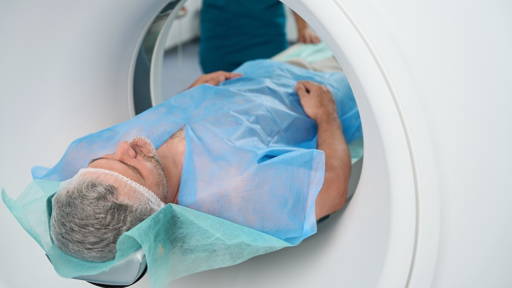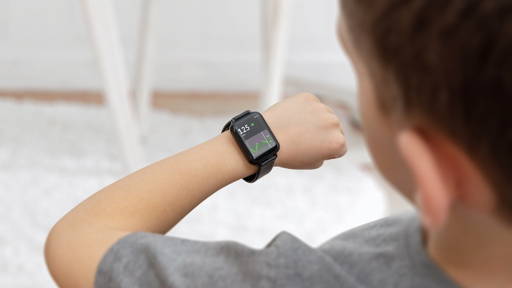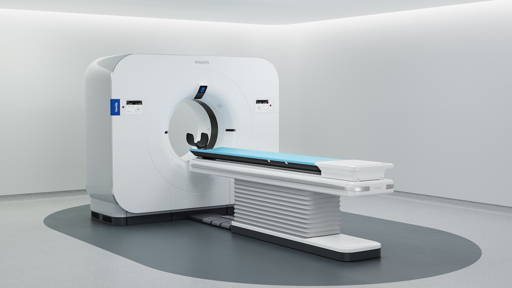Researchers at the University of Warwick have achieved a groundbreaking development: a wearable diamond magnetic field sensor that helps detect metastatic tumours using magnetic tracer fluid. This technology offers a safe alternative to radioactive agents and blue dyes, and supports more accurate and less invasive surgery.
The sensor uses a tiny diamond (0.5 mm³) with so-called nitrogen vacancy colour centres (NV centres) that detect extremely small magnetic variations. It is up to a hundred times more sensitive than standard clinical doses of tracer fluid. Thanks to its compact design with a sensor head measuring just 10 mm in diameter, the application is suitable for endoscopic procedures and keyhole surgery. The research was recently published in Physical Review Applied
Magnetic tracer fluid
In practice, the magnetic tracer fluid (iron oxide nanoparticles) is injected into a tumour. The diamond sensor then locates which lymph nodes contain the fluid, and thus potentially metastasised cancer cells. This helps surgeons to remove them more precisely and safely.
According to Professor Gavin Morley, the sensitivity and accuracy of this system are made possible by the unique quantum properties of diamond and its NV centres. He emphasises the potential for applications in space travel and nuclear fusion, in addition to medicine.
Valuable upgrade
Surgeon Stuart Robertson (UHCW NHS Trust), who was involved in the development, calls the sensor ‘a valuable upgrade’ to existing magnetic localisation techniques. He emphasises the clinical benefits for breast cancer surgery and sees promising possibilities for other tumour types.
Thanks to this sensor, doctors can work faster, with fewer risks for patients and without exposure to radioactivity or allergy-causing dyes. The technology also offers prospects for expansion to lung, liver, colon and oesophageal cancer, taking personalised and patient-safe oncological care a step forward.







